
Shinsuke Suematsu is a Japanese politician who serves as a member of the House of Councillors in the Diet of Japan. He has represented the Hyogo at-large district as a member of the Liberal Democratic Party since 2004. He served as Minister of Education, Culture, Sports, Science and Technology from 2021 to 2022.
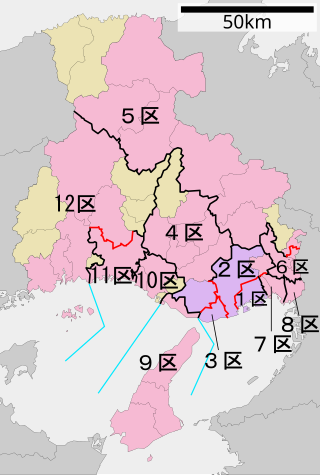
Hyogo 11th district is a constituency of the House of Representatives in the Diet of Japan. It is located in Southwestern Hyōgo and is based on the 1995 borders of the city of Himeji; the former towns of Ieshima, Yumesaki, Kōdera and Yasutomi that merged into Himeji in 2006 are part of the 12th district. As of September 2015, 387,509 eligible voters were registered in the district.
The Kochi at-large district was a constituency that represents Kōchi Prefecture in the House of Councillors in the Diet of Japan. Councillors are elected to the house by single non-transferable vote (SNTV) for six-year terms. Since the establishment of the current House of Councillors electoral system in 1947, the district has elected two Councillors, one each at elections held every three years. With its 618,834 registered voters it is the third-smallest electoral district for the house. To address the imbalance in representation between districts, a 2015 revision of the Public Officers Election Law will see the district merged with the Tokushima At-large district to create the Tokushima-Kochi At-large district; this change will begin to take effect at the 2016 election, at which one Councillor will be elected.
The Tottori-Shimane at-large district is a constituency of the House of Councillors in the Diet of Japan. It was formed pursuant to a 2015 revision of the Public Officers Election Law from a merger of the Tottori and Shimane at-large districts, the two smallest districts in the country, to address the imbalance in representation between rural and urban voters. The district has 1,068,348 registered voters and was contested for the first time at the House of Councillors election that was held on 10 July 2016.

The Aomori at-large district is a constituency that represents Aomori Prefecture in the House of Councillors in the Diet of Japan. Councillors are elected to the house by single non-transferable vote (SNTV) for six-year terms. Since the establishment of the current House of Councillors electoral system in 1947, the district has elected two Councillors, one each at elections held every three years. It has 1,122,948 registered voters as of September 2015.

Ehime at-large district is a constituency of the House of Councillors in the Diet of Japan. It represents Ehime Prefecture and elects two Councillors, one every three years by a first-past-the-post system for a six-year term. In the first election in 1947, Ehime like all districts used single non-transferable vote to elect both its Councillors in one election. It has 1,169,427 registered voters as of September 2015. As a predominantly rural district, it has favoured the Liberal Democratic Party (LDP) candidate in most elections.
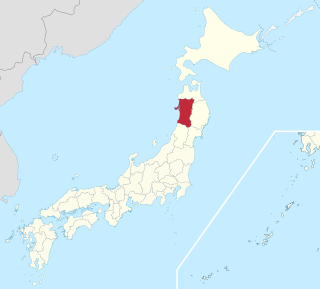
The Akita at-large district is a constituency that represents Akita Prefecture in the House of Councillors in the Diet of Japan. Councillors are elected to the house by single non-transferable vote (SNTV) for six-year terms. Since the establishment of the current House of Councillors electoral system in 1947, the district has elected two Councillors, one each at elections held every three years. It has 888,496 registered voters as of September 2015.

The Yamagata at-large district is a constituency that represents Yamagata Prefecture in the House of Councillors in the Diet of Japan. Councillors are elected to the house by single non-transferable vote (SNTV) for six-year terms. Since the establishment of the current House of Councillors electoral system in 1947, the district has elected two Councillors, one each at elections held every three years. It has 937,920 registered voters as of September 2015.

Saga at-large district is a constituency that represents Saga Prefecture in the House of Councillors in the Diet of Japan. Councillors are elected to the house by single non-transferable vote (SNTV) for six-year terms. Since the establishment of the current House of Councillors electoral system in 1947, the district has elected two Councillors, one each at elections held every three years. It has 679,289 registered voters as of September 2015.

The Fukushima at-large district is a constituency that represents Fukushima Prefecture in the House of Councillors in the Diet of Japan. It currently has three Councillors in the 242-member house.

The Gifu at-large district is a constituency that represents Gifu Prefecture in the House of Councillors in the Diet of Japan. It currently has three Councillors in the 242-member house.
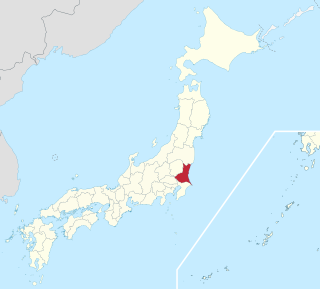
The Ibaraki at-large district is a constituency that represents Ibaraki Prefecture in the House of Councillors in the Diet of Japan. It has four Councillors in the 242-member house.

The Chiba at-large district is a constituency that represents Chiba Prefecture in the House of Councillors in the Diet of Japan. It has six Councillors in the 242-member house.

The Niigata at-large district is a constituency that represents Niigata Prefecture in the House of Councillors in the Diet of Japan. Since July 2019, it has two Councillors in the 242-member house, a decrease from its previous contingent of 3. Similar to other rural two seat districts in Northern Japan such as the Iwate at-large district, it often shows a willingness to buck the LDP and instead vote for opposition backed candidates, such as in 2019. Nonetheless, the LDP won the district by six points in the 2022 elections, and Uchikoshi only won by a margin of four points.
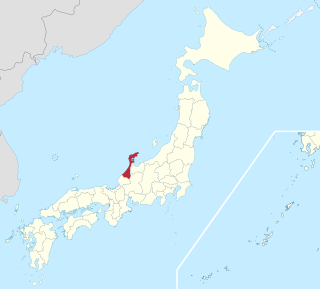
The Ishikawa at-large district is a constituency that represents Ishikawa Prefecture in the House of Councillors in the Diet of Japan. It has two Councillors in the 242-member house.
The Toyama at-large district is a constituency that represents Toyama Prefecture in the House of Councillors in the Diet of Japan. It has two Councillors in the 242-member house.
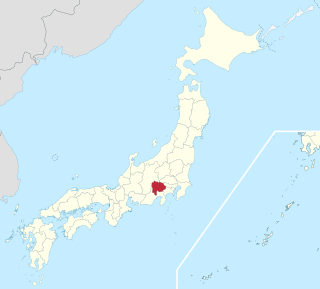
The Yamanashi at-large district is a constituency that represents Yamanashi Prefecture in the House of Councillors in the Diet of Japan. It has two Councillors in the 242-member house.
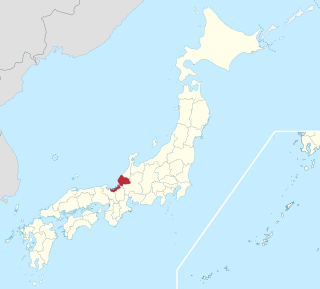
The Fukui at-large district is a constituency that represents Fukui Prefecture in the House of Councillors in the Diet of Japan. It has two Councillors in the 248-member house.
The Shizuoka at-large district is a constituency that represents Shizuoka Prefecture in the House of Councillors in the Diet of Japan. It has four Councillors in the 242-member house.
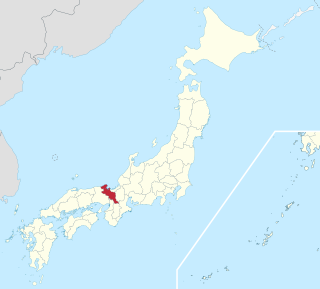
The Kyoto at-large district is a constituency that represents Kyoto Prefecture in the House of Councillors of the Diet of Japan. It has four Councillors in the 242-member house.
















